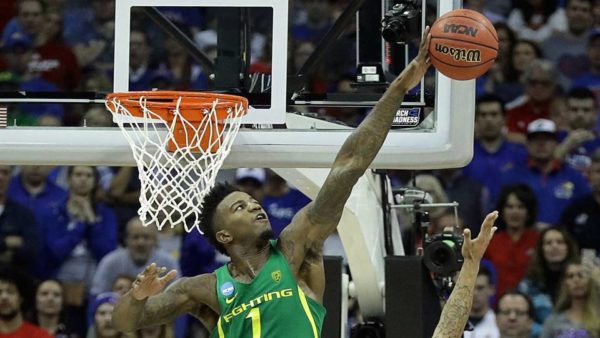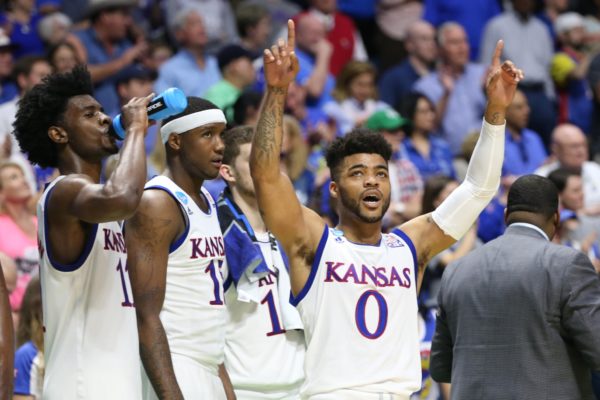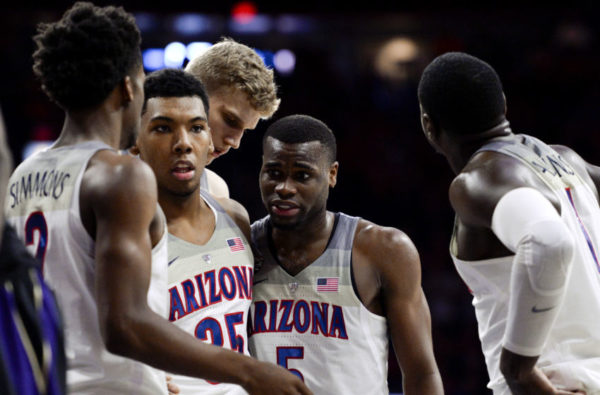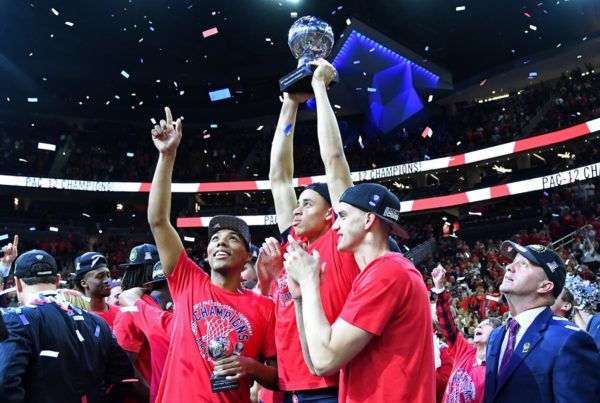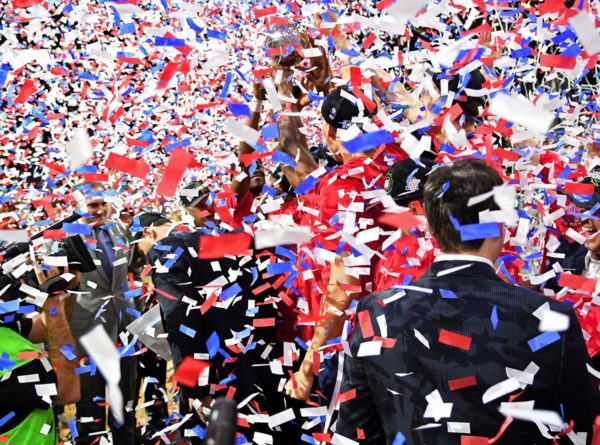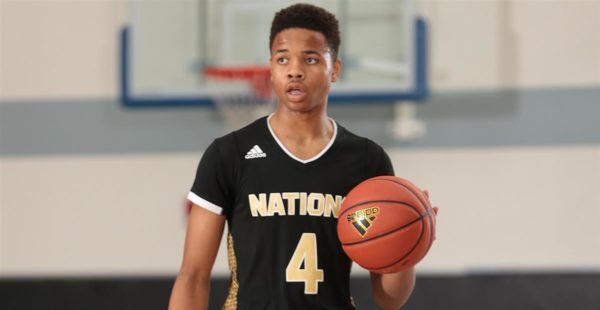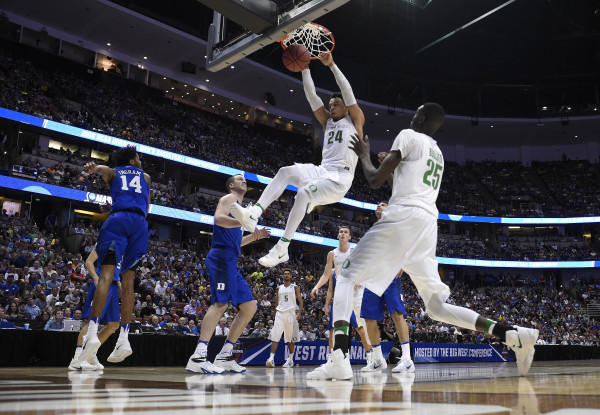Dillon Brooks isn’t walking through that door, Oregon!
Well.. actually, he is. So if you came here looking for analysis full of hand-wringing and questions about what is wrong with Oregon after its beatdown by the hands of Baylor earlier this week, look elsewhere. There is no shame in losing a road game in Waco without your best player and against a team that should never have been considered “unranked” anyway.
That said, it felt like the storyline coming out Oregon’s loss was that the Ducks really miss Brooks, which sounds somewhat like a cop out even if it’s also undoubtedly true. To say that Oregon lost to Baylor because Brooks didn’t play would be glossing over just how inept the rest of Dana Altman’s team looked Tuesday night. As the head coach put it on Wednesday, telling reporters “that’s really easy to let the guys off the hook that way. This team is a lot better, even without him, than what it showed yesterday, and that’s what disappoints me.”
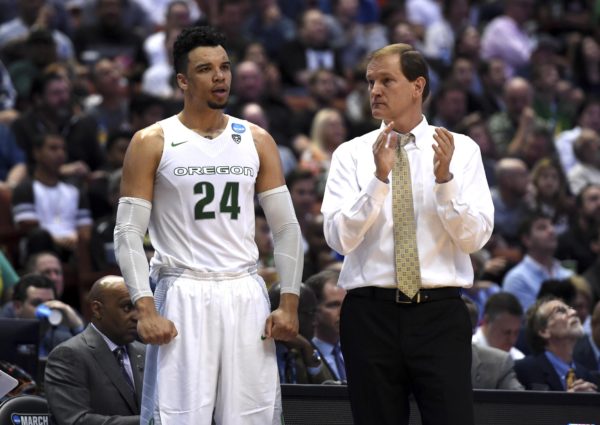
The Return of Dillon Brooks Cannot Come Soon Enough for Oregon (USA Today Images)
There is no point in running through the numbers because it is just easier to say that Oregon played its worst offensive game since 2013 and 0.82 points per possession won’t even beat Dartmouth, much less Baylor. To his credit, Altman was the first to admit how poorly his team played Tuesday, but the outcome of the game isn’t the problem inasmuch as some of the holes that Baylor exposed in the process.
The most glaring issue is the team’s obvious lack of depth without Brooks in the lineup. Only seven players received more than 10 minutes of court time and it is obvious that potential rotation pieces Kavell Bigby-Williams and Keith Smith are not yet ready. Without Brooks, this leaves the Ducks undersized and inflexible defensively and forces Altman to heavily rely on freshman guard Payton Pritchard and seldom-used big man Roman Sorkin. Both are useful players but the Ducks are likely better off with them serving as complementary pieces rather than core rotation guys.
It is also somewhat disappointing that Chris Boucher hasn’t yet taken the leap, although It is also worth remembering that he has only been playing organized basketball since 2012. Through two games, Boucher has looked a lot like the same player he was last season, which isn’t a bad thing when you consider his offensive efficiency and shot-blocking ability. But he was also maddeningly inconsistent last season, a player who still disappears offensively at times, doesn’t pass, struggles with foul trouble and doesn’t rebound nearly as well as he should. Against teams like Army, he can go for 14 points and eight rebounds without breaking a sweat; but for Oregon to ultimately win a National Championship, Boucher needs to do better than two rebounds (zero offensive) against quality opponents.
The point guard job is less about whether a hole needs plugging and more about which plug fits that hole best. Pritchard and returning starter Casey Benson have split minutes as the primary ball-handler through two games and most teams in the Pac-12 would kill for a duo like that. But it will be interesting to see how that time-sharing arrangement progresses because each player brings a distinctly different skill set to the table. Benson hasn’t done anything this season to lose his starting spot, but Pritchard is the more talented (and turnover-prone) offensive player. Once Brooks returns, either Benson or Dylan Ennis will be headed to the bench, only making things more interesting as Ennis can play point guard as well. The sample size is admittedly small, but the most logical solution for Altman is to use Benson as the steady hand and let the better shooters, Ennis and Pritchard, provide scoring punch off the ball.
Oregon has no time to lick its wounds as undefeated Valparaiso comes to Eugene tonight. The Crusaders are better than your average mid-major but this is still a chance for the Ducks, even without the services of Brooks for another night, to flex their muscles and prove they are a capable team regardless.
